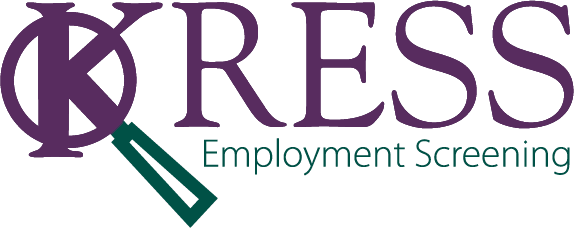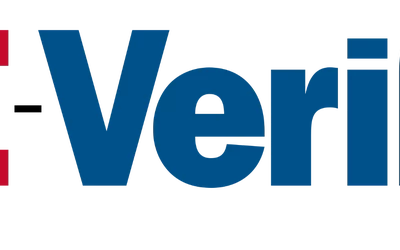Silent Generation – Born before 1946
Baby Boomers – Born between 1946 – 1964
Generation X – Born between 1965 – 1980
Millennials – Born between 1981 – 1998
Generation Z – Born after 1998 What does this mean for human resources?
Here are few tips for working with a multigenerational team.
Avoid stereotypes! Millennials are lazy, Baby Boomers don’t get technology, Gen. X wants to get ahead–promoting collaboration between the generations helps break these stereotypical barriers. It helps each generation learn from one another and craft conversations that can lead to solutions and appreciation for colleagues.
Keep communication flexible. Some employers have imposed chat platforms that Millennials and Gen Z prefer, while older generations prefer emails, phone calls, and face-to-face meetings. The best way to facilitate productive communication methods is to get everyone on the same page. Host meetings with employees to figure out a preferred communication method. Perhaps, introduce a buddy method where younger generations can work with older generations to feel more comfortable using modern communication technology.
Don’t assume! Work flexibility appeals to all, it’s a common misconception that Millennials value flexibility more than other workforce generations: In fact, Baby Boomers outweigh that idea by 20 percent according to a LIMRA Secure Retirement Institute study. As 94 percent of Baby Boomers prefer flexibility in their work schedule. Some industries are implementing job sharing, compressed workweeks, and working remotely to appeal to multiple generations.
Creating a workplace that values employees based on professional merit would lead to a productive and conducive internal culture where employees value each other as individuals and not just generations. To learn more about why KRESS is an industry leader for background checks, drug testing, resume verification, and compliance services, visit kressinc.com.









